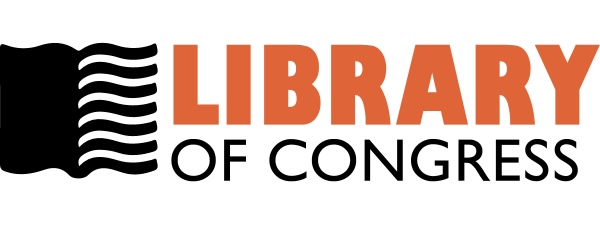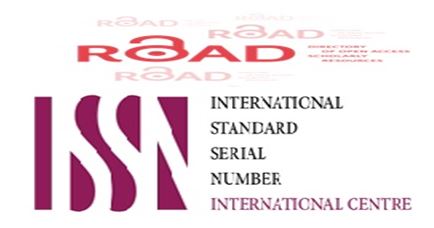Delayed Recovery of Contrast Induced Kidney Injury Post Angiography: Rate and Risk Factors
DOI:
https://doi.org/10.32007/jfacmedbagdad.573357Keywords:
Contrast media, Nephrotoxicity, AKI, Angiography.Abstract
Background: Exposure to Contrast media is the third leading cause of hospital acquired acute kidney injury. It follows a predictable time of onset and a less predictable scenario in recovery. This is related to certain factors, but at the end there will be asubstantial association with increased mortality, morbidity, and length of hospitalization.
Objectives: To define the Incidence of persistent contrast induced renal impairment a month after angiography and to define the risk factors for such persistence
Patients and Methods: One hundred and one patients (101) were enrolled in this study. All were referred to the Iraqi Center for Heart Diseases in Baghdad/ Iraq for coronary and/or peripheral vascular angiography from October 2009 to July 2010. All patients’ clinical and laboratory data including baseline renal function tests were ordered and recorded with subsequent risk categorization. Post procedure serum creatinine checked on regular intervals (48 hours, one week, and then weekly for three months for those with serum creatinine consistent with the contrast induced - acute kidney injury (CI-AKI) definition at 48 hours.
Results: The mean age for the study group was 62±16.9 with 78 (77%) male. Twenty three patients (22.7%) had diabetes mellitus. Thirteen patients (12.7%)had a pre-existing renal impairment. Twenty one patients (20.7%) received extradoses of contrast. Thirty two patients (31.6%) developed CIN by the definition within 48 hours of the procedure with the mean serum creatinine of 1.8 mg/dl. Seven patients (6.8%) continued to have impaired renal function at week 4 and persisted to have such low GFR up to three months of the procedure. Baseline low GFR, Diabetes mellitus and extradoses of contrast were independent risk factors for the occurrence of CIN and delayed renal recovery.
Conclusion: The risk of poor renal recovery after contrast cannot be overlooked. Preexisting renal function impairment, diabetes mellitus, and extra doses of contrast media are independent risk factors for such delay.
Downloads
Downloads
Published
Issue
Section
License
For all articles published in Journal of the Faculty of Medicine Baghdad, copyright is retained by the authors. Articles are licensed under an open access Creative Commons CC BY NC 4.0 license, meaning that anyone may download and read the paper for free. In addition, the article may be reused and quoted provided that the original published version is cited. These conditions allow for maximum use and exposure of the work, while ensuring that the authors receive proper rights.





















 Creative Commons Attribution 4.0 International license..
Creative Commons Attribution 4.0 International license..


